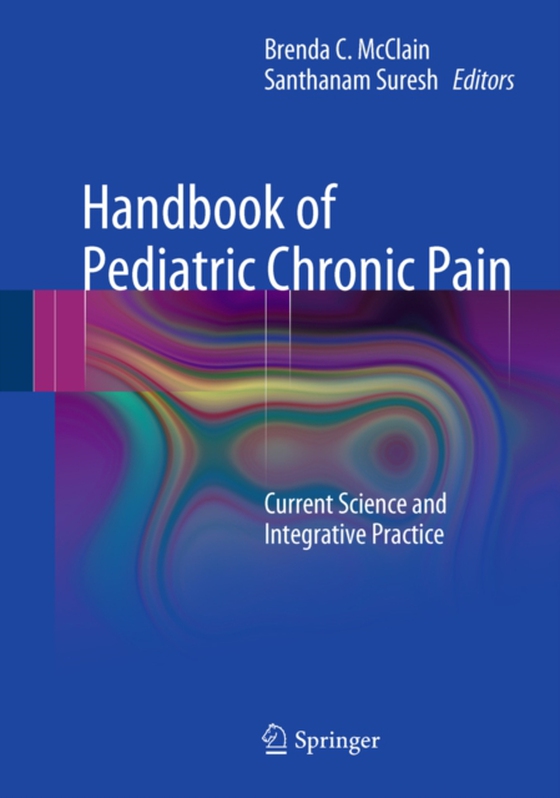
Handbook of Pediatric Chronic Pain e-bog
1240,73 DKK
(inkl. moms 1550,91 DKK)
The purpose of this text is to provide not only the science and current knowledge of pediatric pain management but a rationale for intervention. The book is ground-breaking in that it provides pearls for the recognition and management of multiple childhood chronic pain syndromes. Also, uncommon yet confounding issues such as pain management for epidermolysis bullosa are adequately addressed. Co...
E-bog
1240,73 DKK
Forlag
Springer
Udgivet
15 juni 2011
Genrer
Health psychology
Sprog
English
Format
pdf
Beskyttelse
LCP
ISBN
9781441903501
The purpose of this text is to provide not only the science and current knowledge of pediatric pain management but a rationale for intervention. The book is ground-breaking in that it provides pearls for the recognition and management of multiple childhood chronic pain syndromes. Also, uncommon yet confounding issues such as pain management for epidermolysis bullosa are adequately addressed. Concerns unique to pediatric patients are reviewed. While there are no firm standards in pediatric chronic pain, a care plan is offered to help guide practitioners when possible.The book will consist of 24 chapters, many co-written by a physician and a psychologist. Chapter 1 covers the history of pediatric chronic pain, the advancement pediatric pain as a clinical subspecialty, development of pediatric pain clinics, and characterization of the common pain syndromes. Chapters 2-4 cover, respectively, the research on early pain exposure and neuroplasticity, theories on the common adolescent pain syndromes, and the demographics of chronic pain in children. Chapters 5-16 discuss approaches to assessment and intervention for specific pediatric and adolescent pain syndromes. Chapters 17-23 address interventional techniques such as therapeutic blocks, neurablation, implantable systems, physical therapy, complementary therapy, and pharmacology including opioid tolerance. The final chapter discusses the role of the nurse practitioner in pediatric chronic pain.
 Dansk
Dansk

